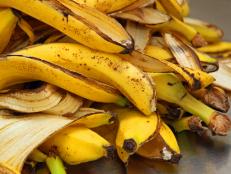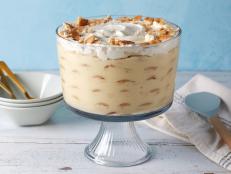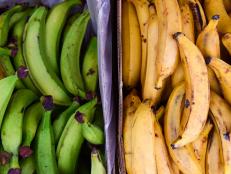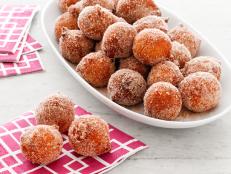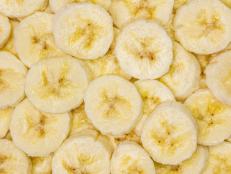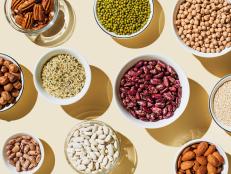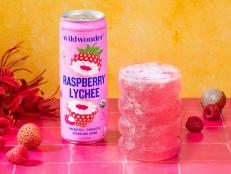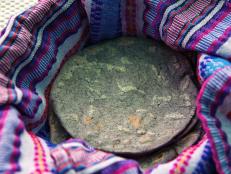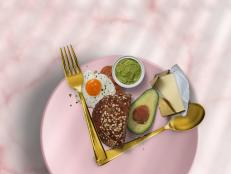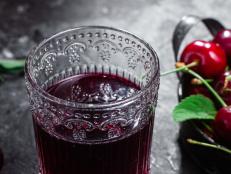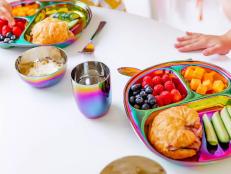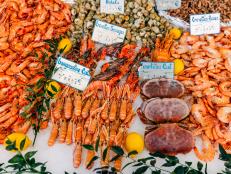Do Bananas Have Too Much Sugar?
Let's unpeel the nutritional details of this favorite fruit.

As a registered dietitian nutritionist, I often meet with clients who tell me they're afraid to eat fruit. Why? Because it contains sugar.
While fruit does consist of sugar, fruit's kind of sugar is so much better for you than the sugar you add to your coffee and eat in candy and baked goods. And the sugar in fruit comes with plenty of health-enhancing vitamins and minerals.
Let's take a look at the sugar content of a banana. A medium banana contains 105 calories and 14 grams of sugar, per the USDA National Nutrient Database. That's less than the amount you'd get from a medium apple and more than you'd get from a cup of diced watermelon. For more info on the calories in a banana and whether or not bananas are considered a healthy snack, check out our story How Many Calories Are In a Banana?.
In that medium banana, you get a lot of nutrients. The fruit provides 3 grams of cholesterol-level-helping fiber, making it a good source. And you get 422 milligrams of blood-pressure-helping potassium, which is 9% of the daily value. The banana also delivers 10 grams of immunity-helping vitamin C, providing 11% of the daily value.
The tricky thing with bananas is that the fruit's sugar content increases or decreases based on how ripe it is, so a green banana contains much less sugar than a browning, overly ripe one. Green bananas have additional health benefits beyond their lower sugar content: A review study in the journal Nutrients reveals that regularly eating green bananas may help adults with type 2 diabetes lose weight as well as lower their insulin sensitivity. And for healthy adults, eating green bananas may help you feel more satiated.
These benefits may be due to the green bananas' resistant starch content. Resistant starch is a type of carbohydrate that ferments in the large intestine instead of being digested in the small intestine. When the resistant starch fibers ferment, they feed the good bacteria within the gut — acting as a prebiotic.
Ready to eat a banana? Go for it, and also add the fruit to recipes like Healthy Banana Oat Muffins, Papaya-Banana Smoothie, Sauteed Bananas with Tangy Sweet Cream and Acai-Banana Sorbet.
Related Stories:
Amy Gorin, MS, RDN, is a registered dietitian nutritionist and owner of Amy Gorin Nutrition in the New York City area. She's a regular contributor to many publications, including EverydayHealth.com, ReadersDigest.com, NBCNews.com, and more. She also pens a recipe-focused blog, Amy's Eat List, where she shares easy, healthy recipes. Connect with her on Instagram, Facebook, Twitter and Pinterest.


























